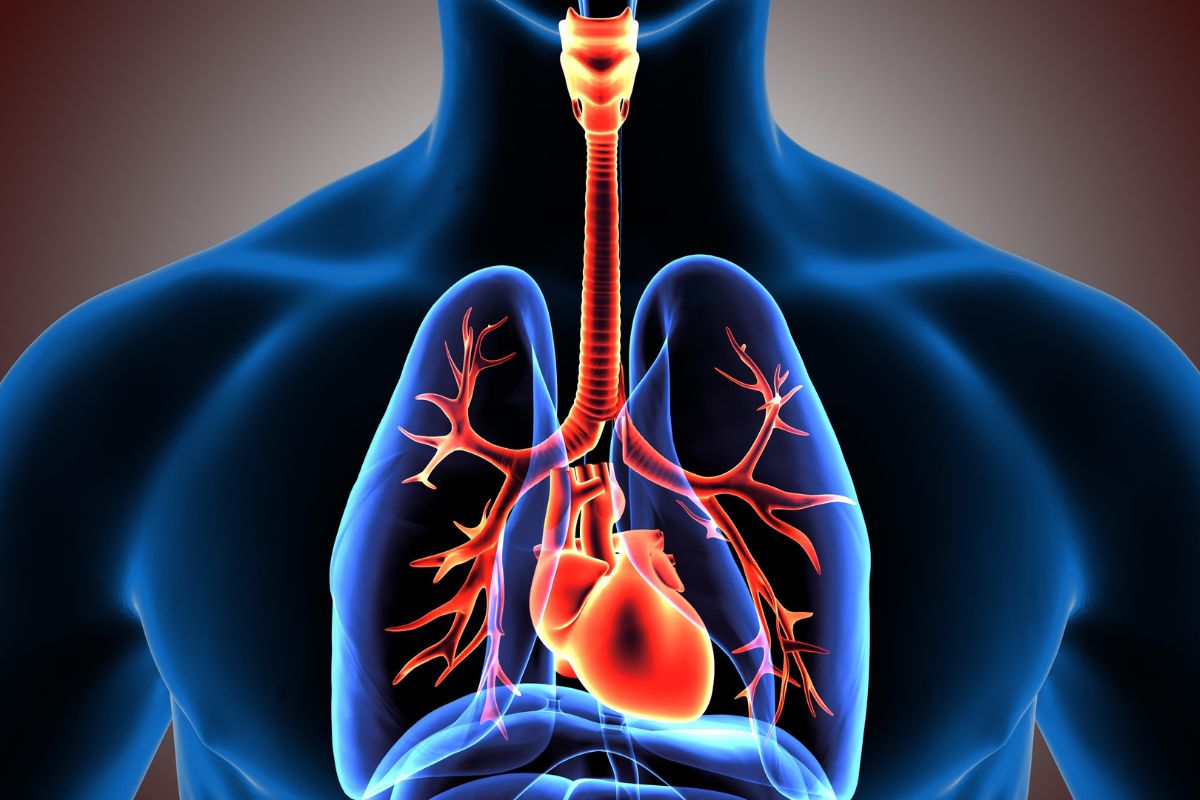Cardiometabolic disease is a group of medical conditions that involve the interplay between cardiovascular (heart and blood vessels) and metabolic (e.g., glucose, insulin, and lipid) systems. These conditions are often related to an unhealthy lifestyle, including a diet high in processed and sugary foods, lack of physical activity, and smoking.
Examples of cardiometabolic diseases include hypertension (high blood pressure), dyslipidemia (abnormal levels of lipids such as cholesterol and triglycerides in the blood), obesity, insulin resistance, type 2 diabetes, and cardiovascular diseases (e.g., coronary artery disease, heart failure, and stroke).
These conditions often coexist and can contribute to each other’s development and worsening. They are major public health problems worldwide, and their prevalence is increasing due to the global rise in obesity and sedentary lifestyle.
Are Certain Ethnicities more likely to have Cardiometabolic Disease?
Yes, certain ethnicities have a higher risk of developing cardiometabolic diseases than others. For example, people of South Asian, African American, Hispanic, and Native American descent are at a higher risk of developing type 2 diabetes, hypertension, and dyslipidemia than people of European descent.
There are several factors that contribute to this increased risk, including genetic predisposition, lifestyle factors (such as diet and physical activity), and social determinants of health (such as access to healthcare and socioeconomic status).
It is essential to note that ethnicity is not a direct cause of cardiometabolic diseases, and the increased risk observed in certain ethnicities is likely due to a complex interplay of multiple factors. Understanding these factors can help healthcare providers and public health officials develop targeted interventions and programs to reduce the burden of cardiometabolic diseases in high-risk populations.
At What age should we start Cardiometabolic Risk Assessment and Management?
It is recommended that adults start to get regular evaluations of their cardiometabolic health starting at age 20, regardless of whether they have any symptoms or risk factors for cardiometabolic diseases.
The initial evaluation should include a comprehensive medical history, physical examination, and laboratory tests to assess risk factors such as blood pressure, cholesterol levels, and blood glucose levels. Based on the results, your healthcare provider can develop a personalized plan to manage any identified risk factors and prevent or delay the onset of cardiometabolic diseases.
For individuals with a family history of cardiometabolic diseases, or those who have additional risk factors such as obesity, smoking, or a sedentary lifestyle, earlier evaluation may be necessary. It is important to discuss your individual risk profile with your healthcare provider to determine the appropriate timing and frequency of cardiometabolic health evaluations.
What are the important tests to assess cardiometabolic health?
There are several important tests that healthcare providers use to assess cardiometabolic health. These tests can help identify risk factors for cardiometabolic diseases, such as hypertension, dyslipidemia, and diabetes. Some of the most common tests include:
- Blood pressure measurement: This test measures the force of blood against the walls of your arteries and is used to diagnose hypertension.
- Lipid panel: This test measures the levels of different types of cholesterol and triglycerides in the blood. High levels of LDL cholesterol (“bad” cholesterol) and triglycerides and low levels of HDL cholesterol (“good” cholesterol) are risk factors for cardiometabolic diseases.
- Fasting blood glucose test: This test measures the level of glucose in your blood after fasting for at least 8 hours. High blood glucose levels are an indication of diabetes or prediabetes.
- Hemoglobin A1c (HbA1c) test: This test measures the average level of blood glucose over the past 2-3 months. Elevated HbA1c levels are an indication of diabetes or prediabetes.
- Body mass index (BMI) calculation: This test calculates your body mass index, which is a measure of body fat based on height and weight. Elevated BMI is a risk factor for cardiometabolic diseases.
- Waist circumference measurement: This test measures the circumference of your waist and is used to assess abdominal obesity, which is a risk factor for cardiometabolic diseases.
Your healthcare provider may also recommend additional tests or evaluations based on your individual risk factors and medical history. It is important to discuss your individual risk profile with your healthcare provider to determine the appropriate testing and screening schedule for you.





